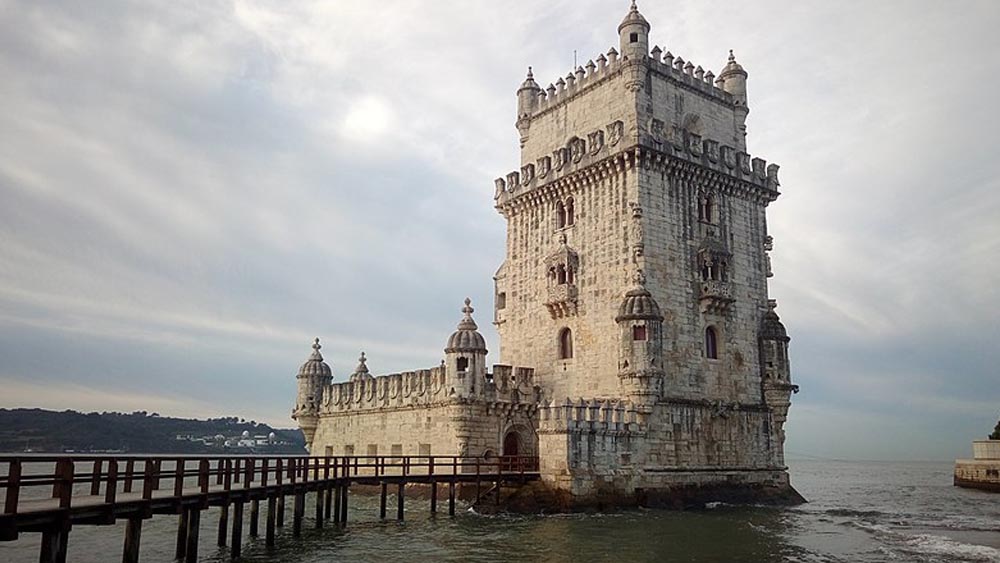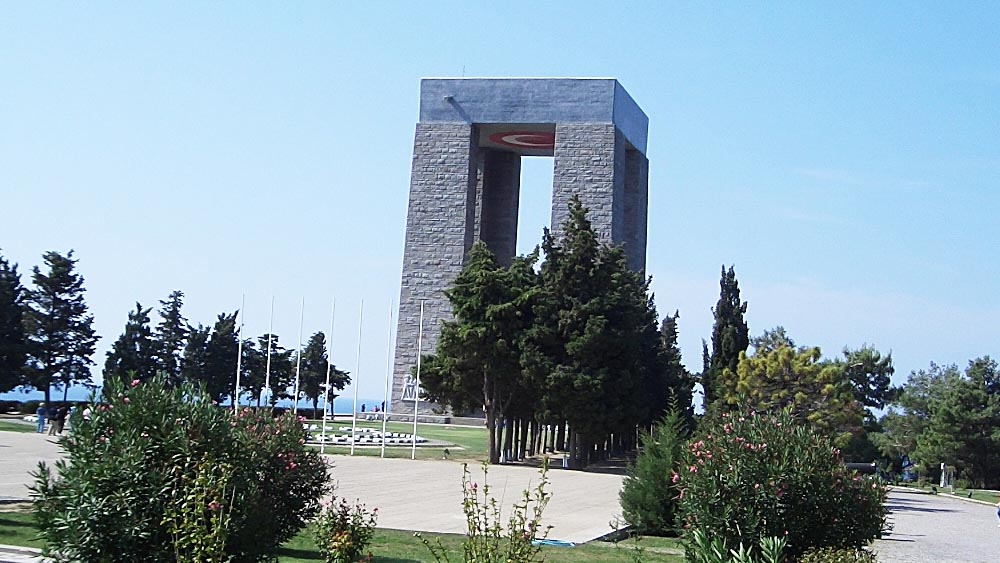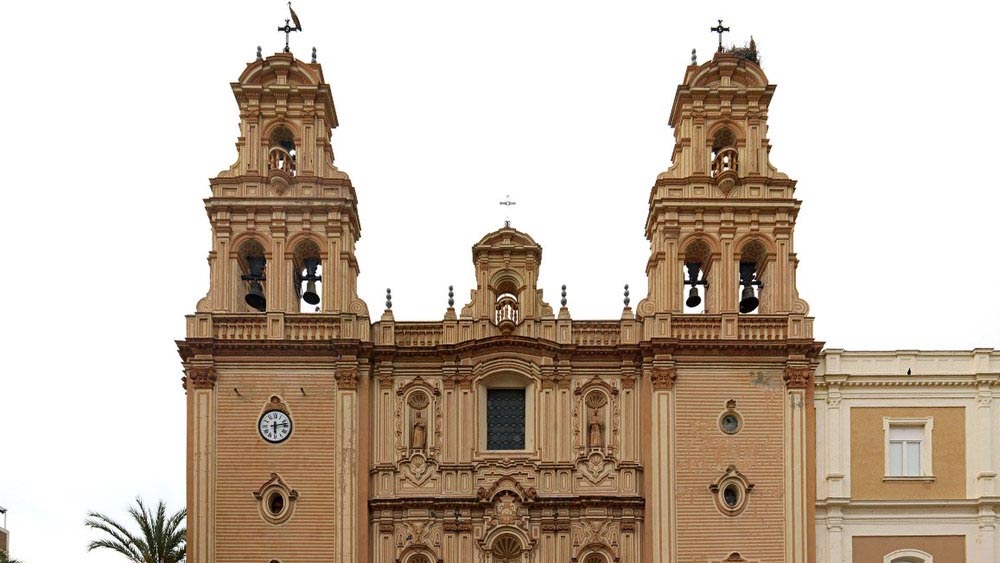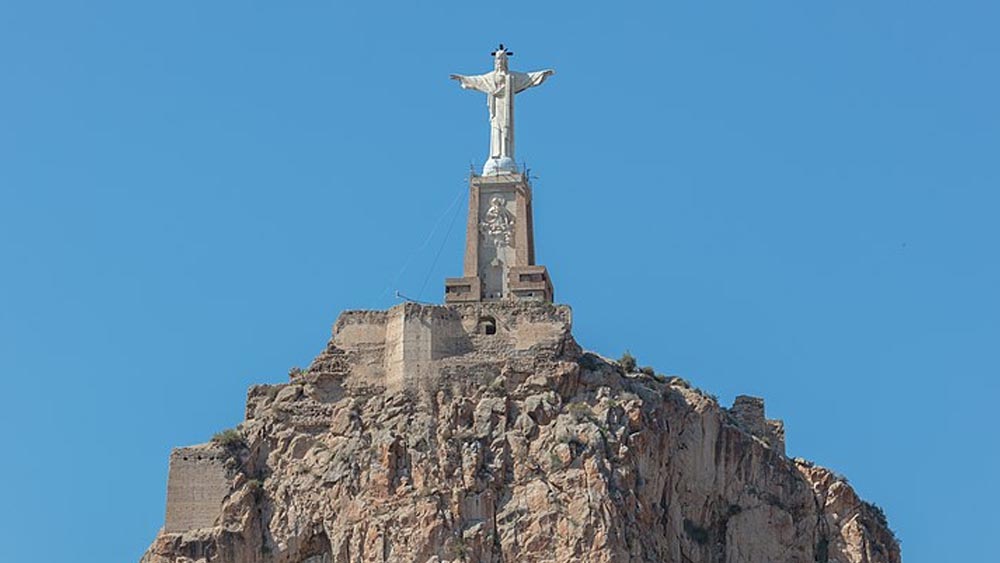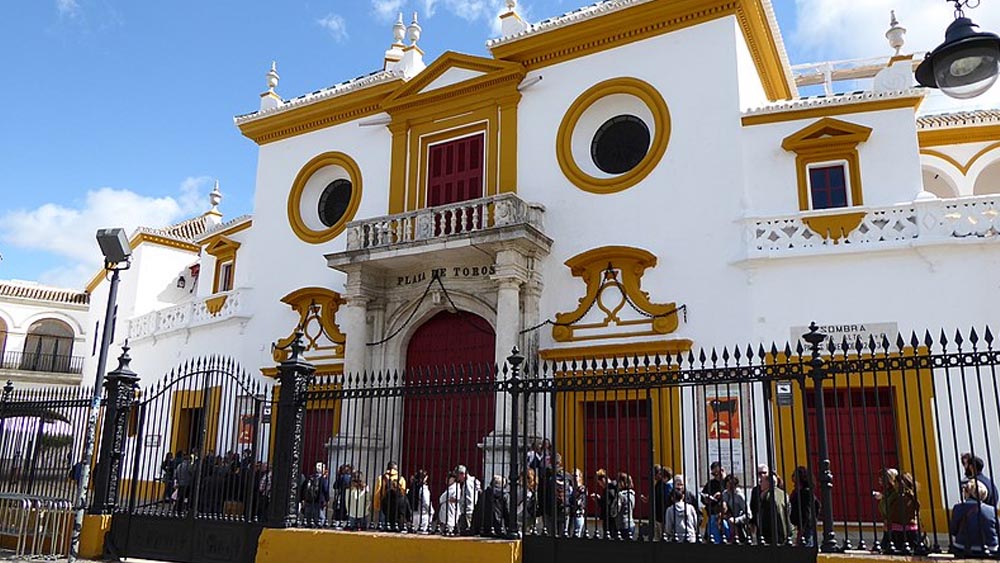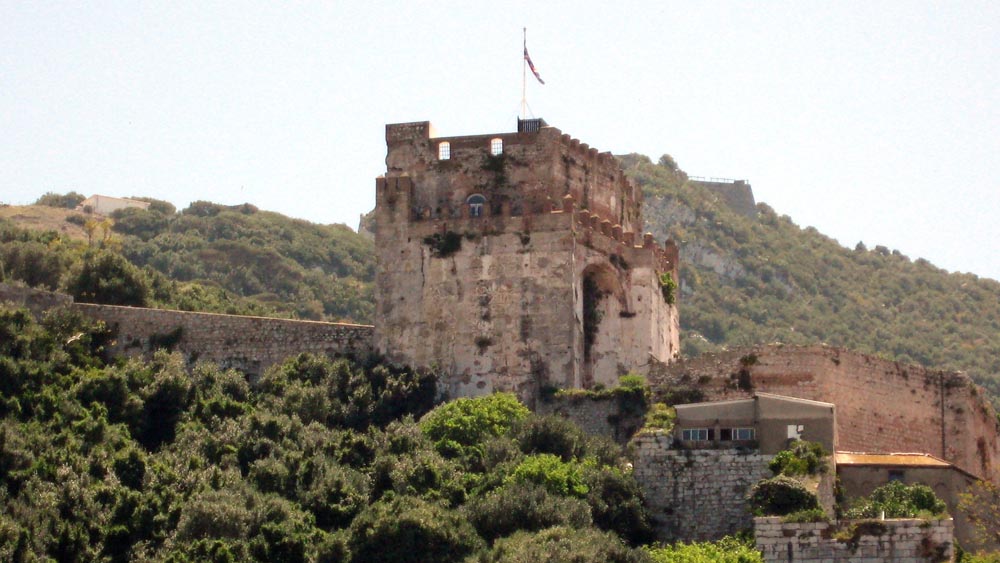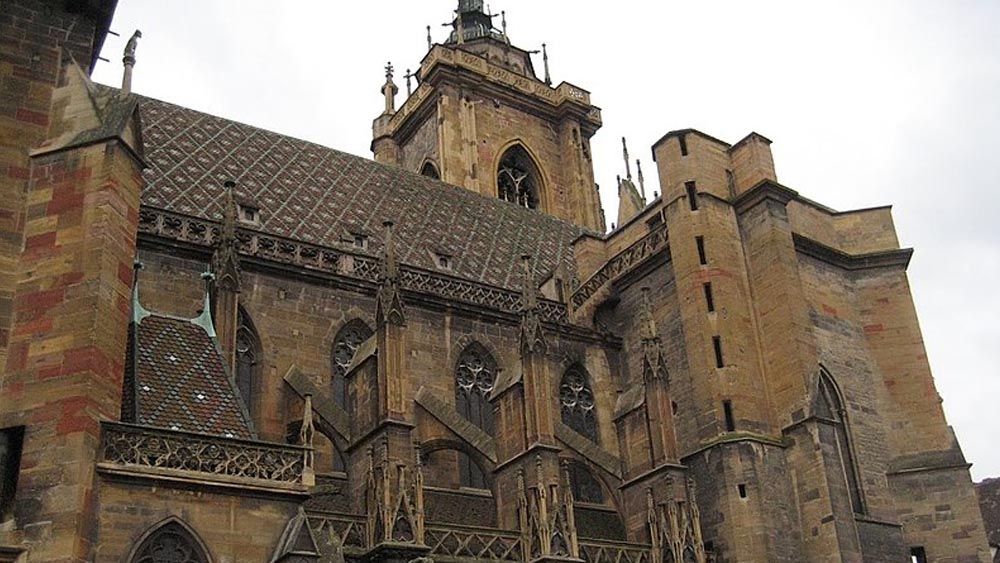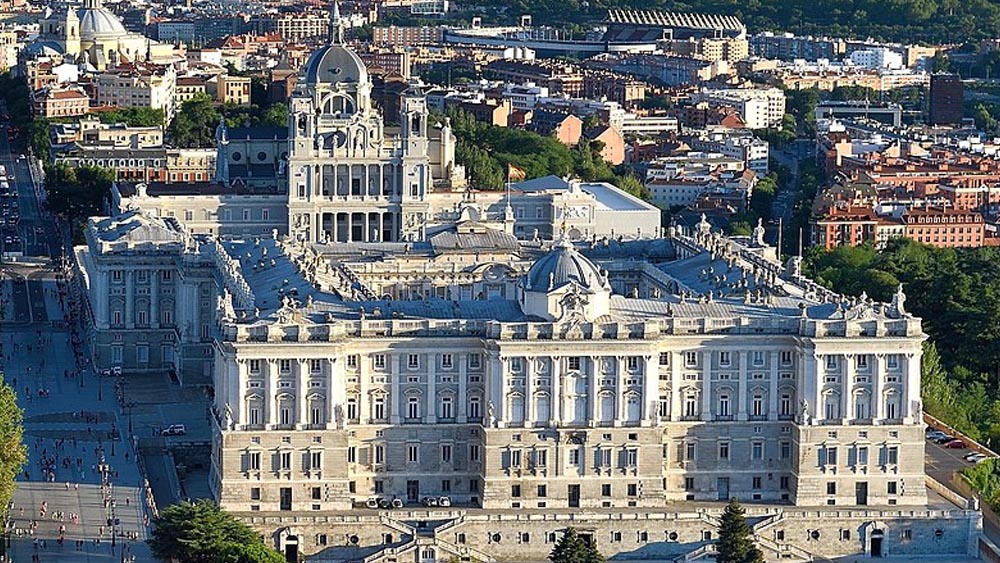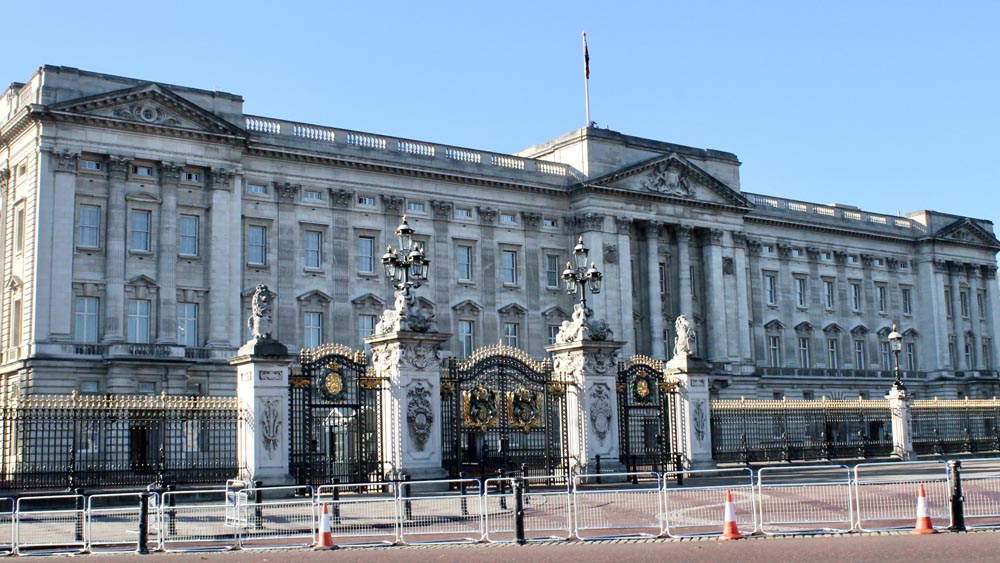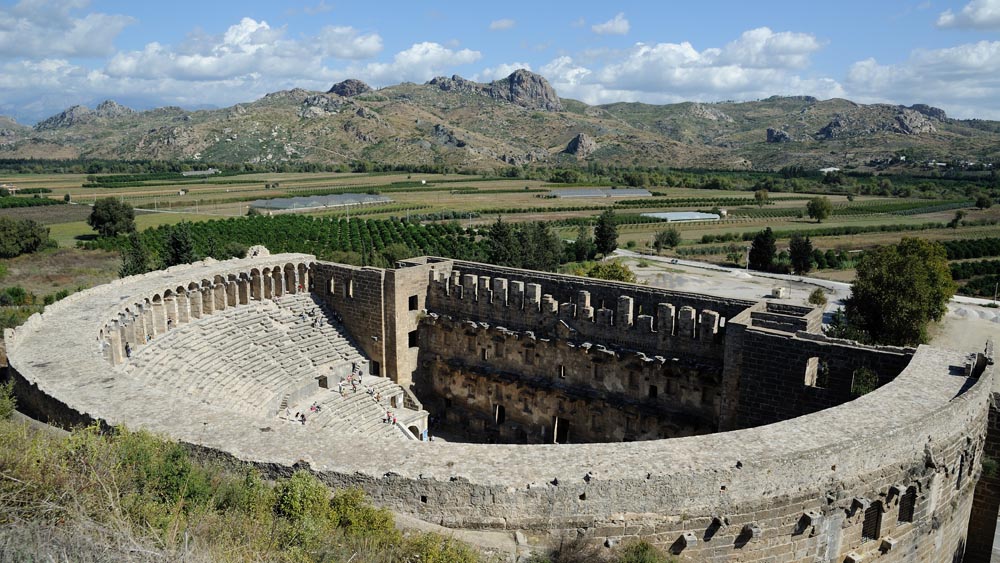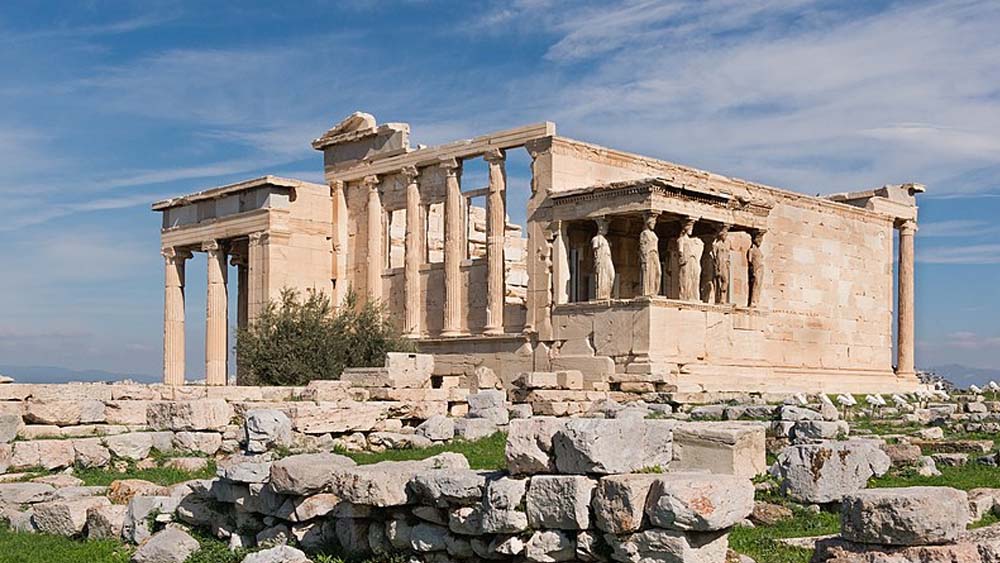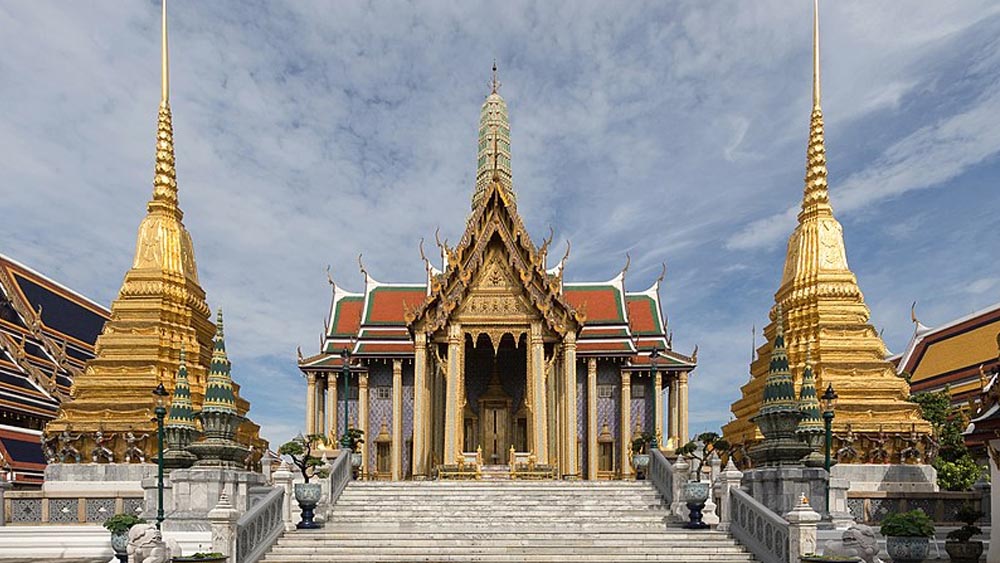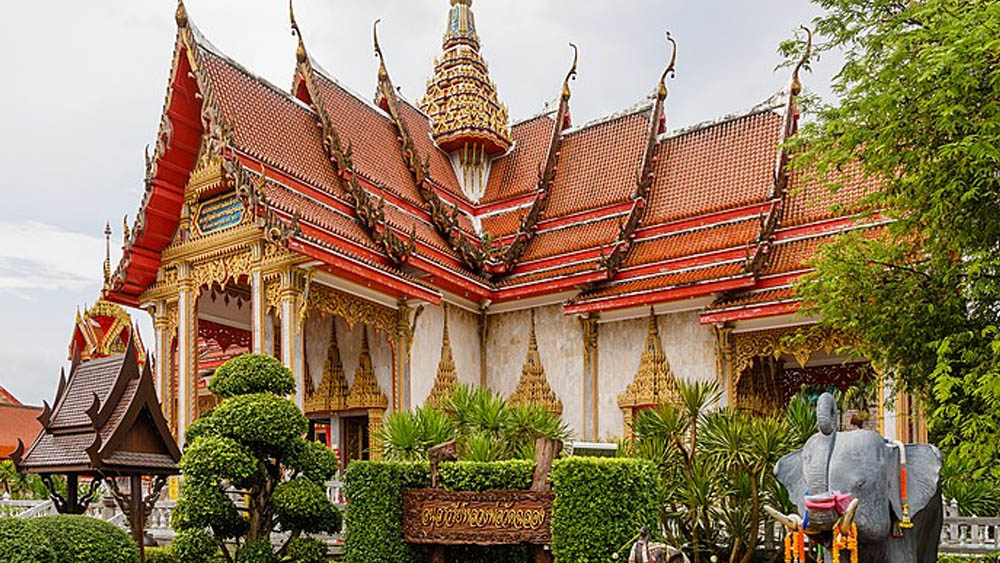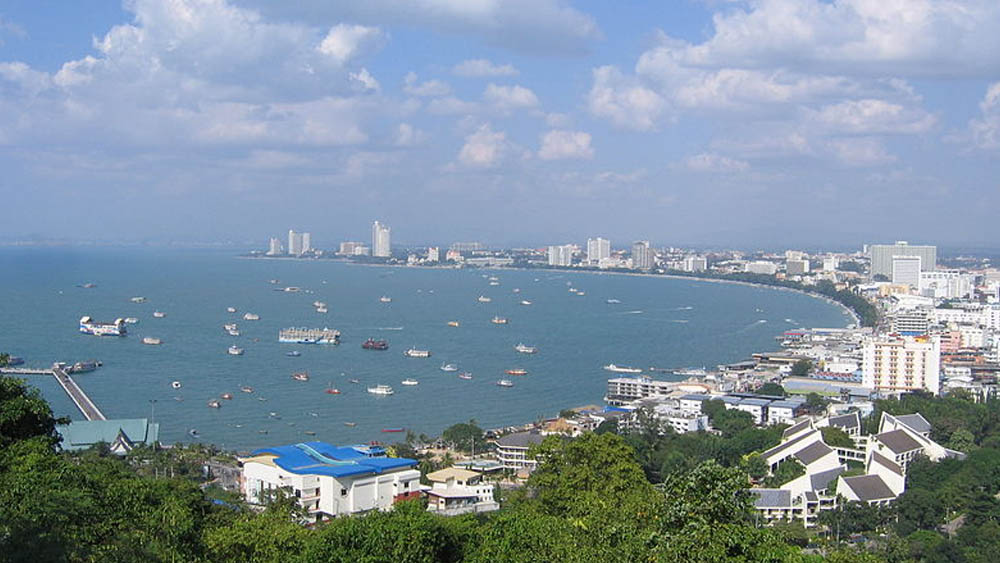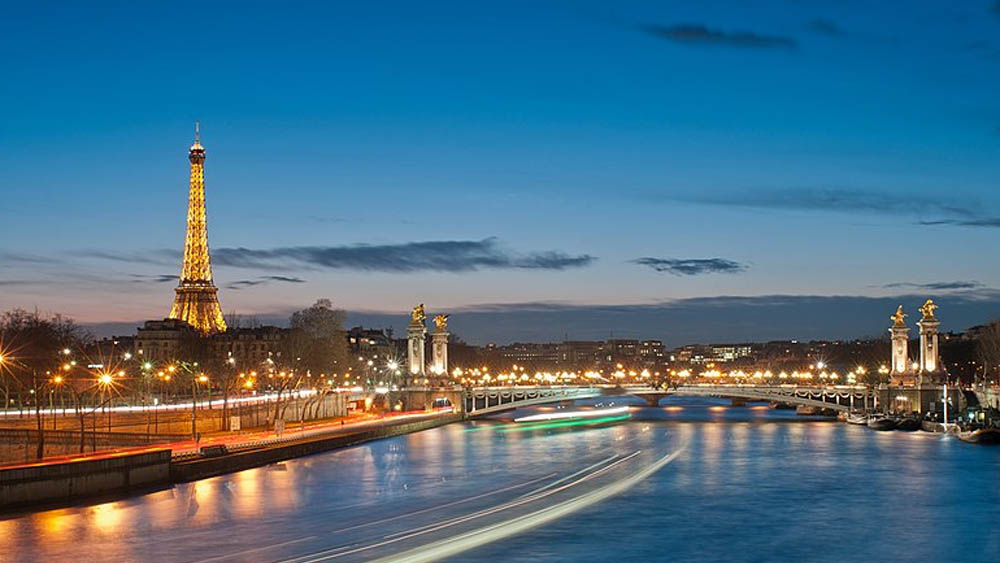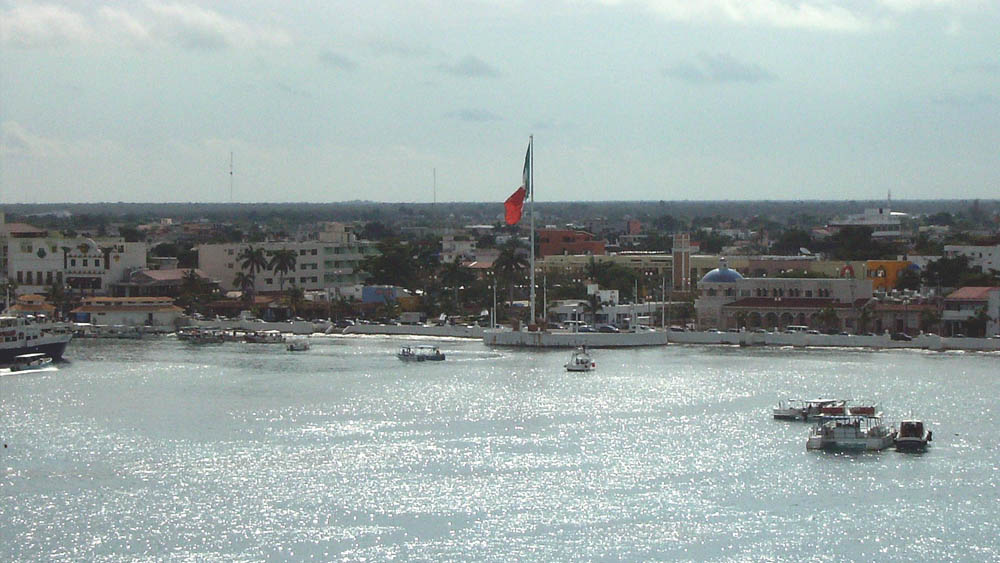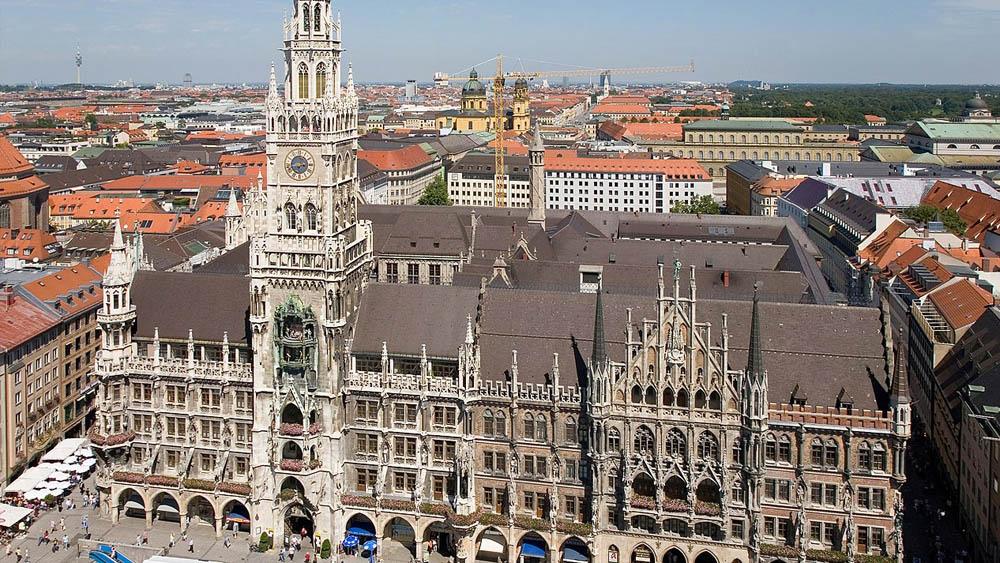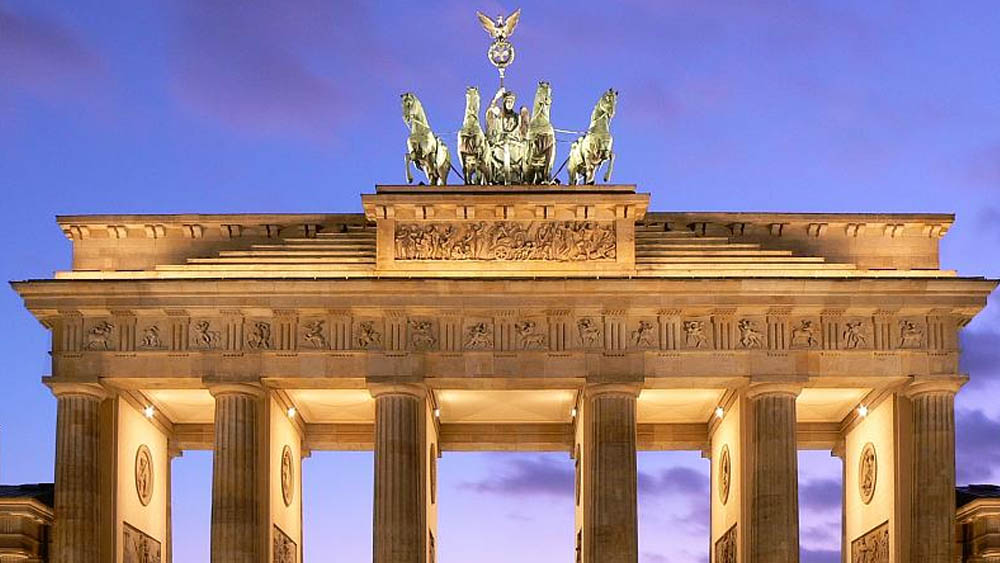Istanbul has been home to many civilizations throughout its history, making it a fascinating city that bears traces of different cultures. In this ancient city, historic structures, museums, and palaces can be found on every street corner, while beneath the ground, different secrets and hidden passages are waiting to be discovered.
These secret passages and tunnels, which constitute the historical texture of Istanbul, have been used for various purposes over the centuries. Some were built for military purposes, while others were constructed to connect water sources to each other. Some were also used as escape routes for the people living in Istanbul.
The secret passages and tunnels have been preserved as part of Istanbul’s old structure until today. While some of these passages are open to the public, others still remain a mystery. These secret passages and tunnels add a different dimension to Istanbul’s historical texture, revealing the city’s undiscovered treasures.
In this series of articles, you will learn detailed information about Istanbul’s secret passages and tunnels, and discover these hidden places. With its historical texture and rich culture, Istanbul is a city that impresses with its secret passages and tunnels. If you want to discover the secrets waiting to be discovered in this unique city, continue to follow our article series!
The secret passages and tunnels, which are among Istanbul’s secrets, are one of the important structures that reflect the city’s historical and cultural texture. These structures, located in different parts of Istanbul, have been used for various purposes over time and have managed to survive until today. In this article, you can learn detailed information about Istanbul’s secret passages and tunnels.
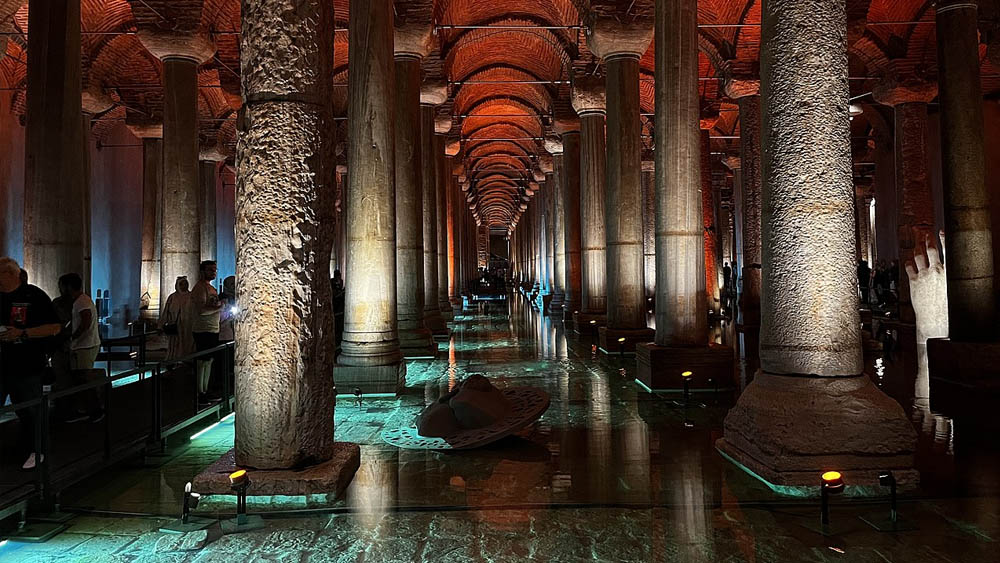
Yerebatan Cistern
Yerebatan Cistern, one of the most famous secret passageways in Istanbul, is located in the historic peninsula of Istanbul. The cistern, which was built in the 6th century by the Byzantine Emperor Justinian I, was used as a water source. The cistern, which rises on 336 columns, contains walkways and water pools. Yerebatan Cistern is one of the most popular tourist attractions in Istanbul due to its historical and cultural significance.

Galata Tower Tunnel
The Galata Tower is one of the most famous symbols of Istanbul. The tower, which was built in the 14th century, was used as an observation tower during the Ottoman Empire. The tower can be reached through the historic Galata Tunnel. The Galata Tunnel is the first metro system used in Istanbul. The tunnel, built in 1875, is located between the Galata Tower and Karaköy.
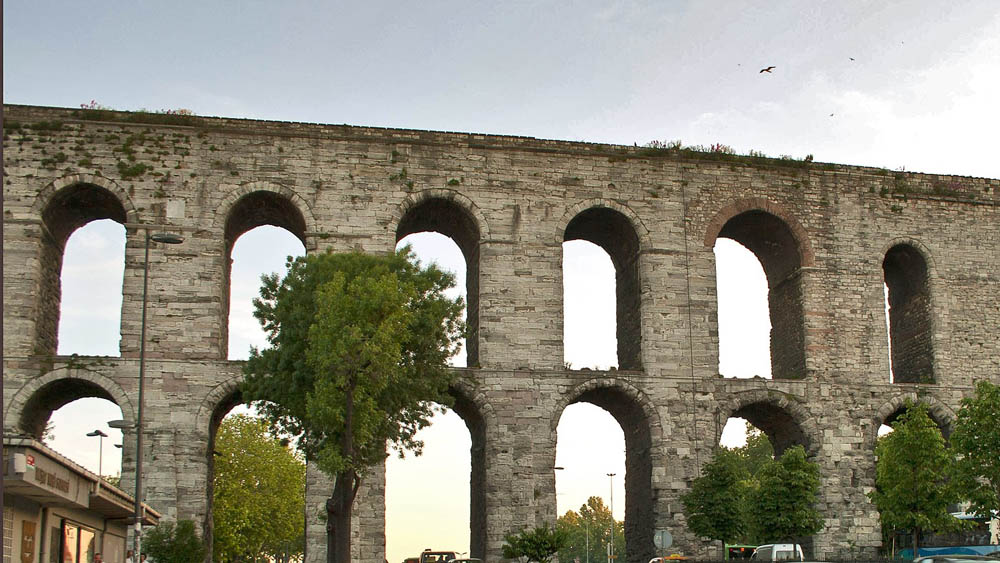
Valens Aqueduct Tunnel
The Valens Aqueduct is one of the largest aqueducts on the historic peninsula of Istanbul. Alongside the aqueduct, there is a historic tunnel. This tunnel provided the delivery of water from the aqueduct to the city center. The entrance to the tunnel is located on Fevzipaşa Avenue.
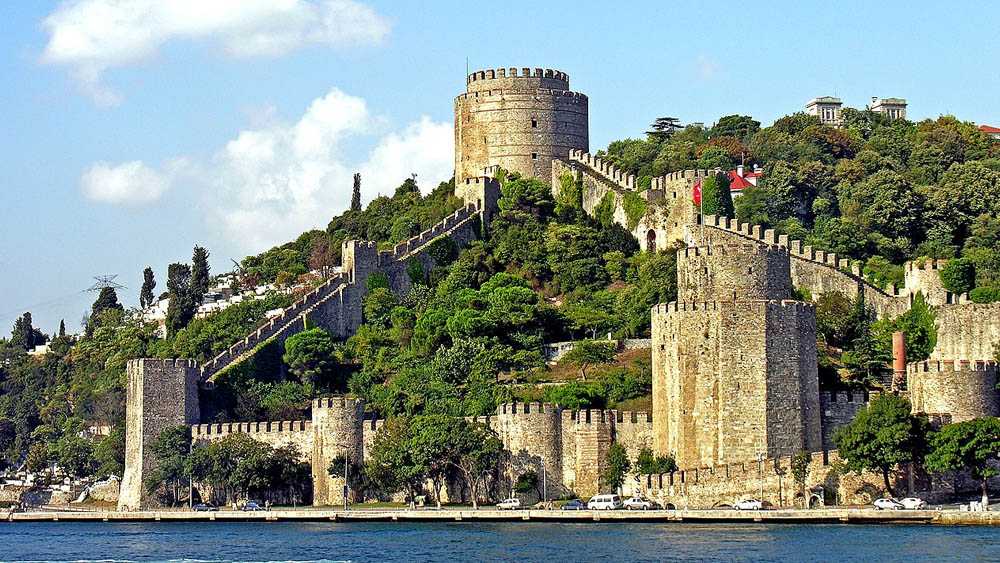
Rumeli Fortress Tunnel
Rumeli Fortress is one of Istanbul’s most important historical landmarks. Built by Fatih Sultan Mehmet in 1452, the fortress is located at the narrowest point of the Bosphorus. There is a tunnel inside the fortress that leads to the Bosphorus.
The secret passages and tunnels of Istanbul are an important part of the city’s historical and cultural heritage. Although these structures have been used for different purposes over time, they have managed to stand the test of time until today. Visitors to Istanbul can explore these secret passages and tunnels and get a chance to learn more about the city’s rich history.

















